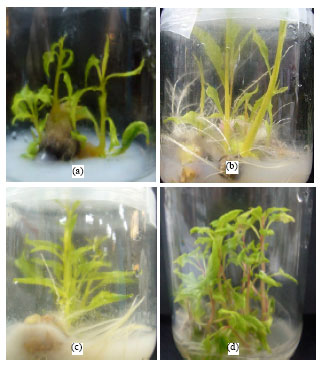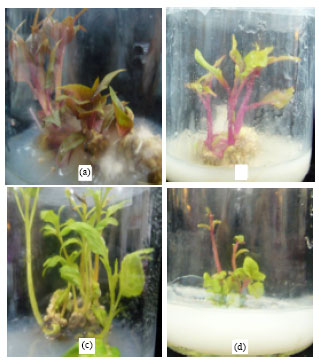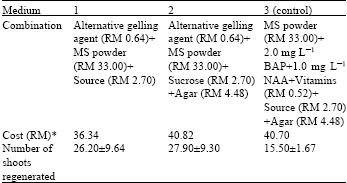Research Article
Potential of Alternative Gelling Agents in Media for the in vitro Micro-propagation of Celosia sp.
Department of Biology, Faculty of Science and Mathematics, Sultan Idris Education University, 35900 Tanjong Malim, Perak, Malaysia
Rosna Mat Taha
Institute of Biological Sciences, Faculty of Science, University of Malaya, 50603 Kuala Lumpur, Malaysia
Nor Nafizah Mohd Noor
Department of Biology, Faculty of Science and Mathematics, Sultan Idris Education University, 35900 Tanjong Malim, Perak, Malaysia
Hasimah Alimon
Department of Biology, Faculty of Science and Mathematics, Sultan Idris Education University, 35900 Tanjong Malim, Perak, Malaysia
















